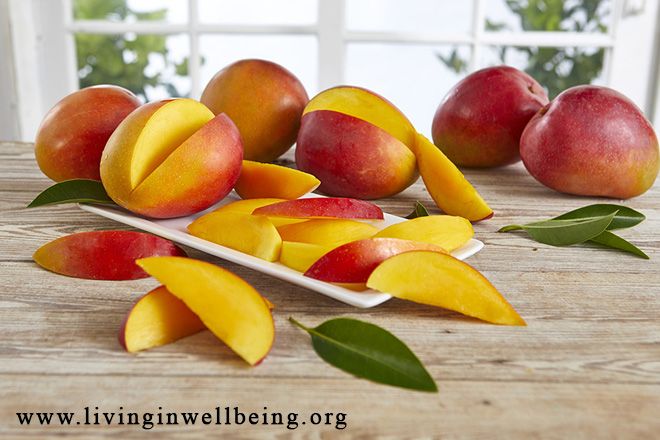
Mango is popularly known as “The King of the Fruits.” It is extremely rich in nutrition, has a mind blowing fragrance, yummy taste and is a healthy food. Mango is a seasonal fruit, usually found in the tropical region. Mango tree is said to have originated in the plains of Himalayas of the Indian subcontinent. It belongs to Anacardiaceae family. Other fruits belonging to this family are pistachio and cashew. If you want to lead a healthy life, all you need to do is include fruits like mango to your daily diet.
Mangoes are cultivated in India. These days, you will be able to find mango farming in most of the countries in the world. The fruit varies its length as per the variety. Some varieties are small while others are extremely big. Same is the case of the mango trees. The size of each variety of mango tree varies. Some might be of the height of an average human being, while some others might be as tall as the banyan tree. The main reason why mangoes should be consumed is because it has got a lot of fiber in them.
Some of the Health Benefits of Mango
Researches show that mango is very effective in protecting from leukemia, prostate, colon and breast cancers. The Polyphenolic antioxidant found in mango is very helpful in providing protection against various forms of cancers.
Mango fruit is rich in vitamins, minerals, fiber and poly phenolic flavanoid antioxidant compounds.
It is a rich source of Vitamin A and Flavanoids. The flavanoids present in mango are B-carotene, a-carotene and B-Cryptoxanthin. These compounds have antioxidant properties. Hence, they are good for eyesight. Vitamin A is also needed for a beautiful skin and healthy mucosa. Fruits usually have carotenes that are good for the protection of lungs and oral cavity from cancers
Potassium is found in abundance in fresh mangoes. Potassium is present in cells and the body fluids that actually control in the blood pressure rate and also heart rate.
Copper is also found in mango. It is essential for the enzymes such as cytochrome c-oxidase as well as superoxide dismutase. Copper is very important for the production of the red blood cells in the blood.
Phytonutrients are present in the peel of mango. These include polyphenols and carotenoids.
Storing the Fruit
The mangoes are seasonal. Usually the mango season begins in the month of March. The harvest of the fruit is done when it is green in color and when it is mature enough. Sour taste can be found in unripe mangoes. Leaving mangoes to ripen on the tree can make it tastier. The reason why mangoes are not left to ripen on the tree is that when the fruit ripens, it tends to fall down and gets damaged.
Some of the popular varieties of mangoes are Alphonso from India, Totapuri which have beak shaped tips, Hayden from the US and Sinduri from Pakistan. India has some of the tastiest varieties of mangoes that can make your mouth water. Unripe mangoes can be kept in paper covers for the process of ripening. Make sure to choose fruit that does not have any kind of cuts or damages on the skin.
Serving
Mangoes can be peeled after washing it with cold water. The skin should be dried before peeling the skin. Eat the fleshy part without any kind of seasoning as it is extremely tasty. You can even juice it up for enjoying its yummy taste. Fruit salads can go out of the world when ripe mangoes are added to them. Milkshakes with mangoes are really tasty and healthy and is loved by kids. Unripe mangoes are good for the preparation of chutneys and pickles.
Living in wellbeing is possible when you include nutrition rich fruits like mangoes to your diet. Make sure not to miss out the mango season every year so that you can enjoy a variety of mouthwatering varieties.












